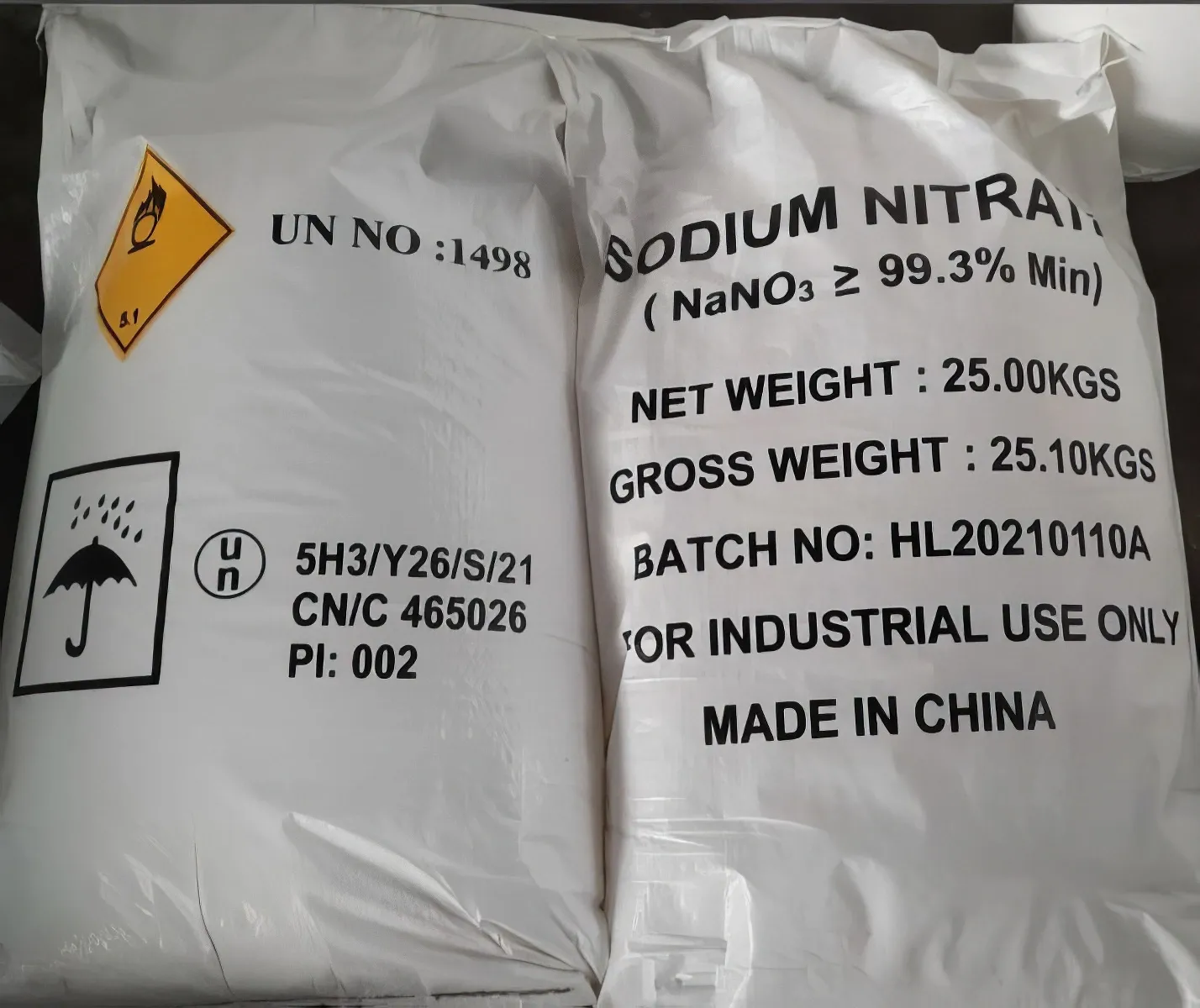



is calcium ammonium nitrate dangerous
Is Calcium Ammonium Nitrate Dangerous?
Calcium ammonium nitrate (CAN) is a widely used fertilizer in agriculture, valued for its high nutrient content and effectiveness in promoting plant growth. However, as with any chemical substance, there are concerns regarding its safety and potential hazards. To understand whether calcium ammonium nitrate is dangerous, it is necessary to explore its properties, safety guidelines, and potential risks associated with its use.
Chemical Composition and Uses
Calcium ammonium nitrate is a compound made from calcium, nitrogen, and ammonium ions. This makes it a source of both calcium and nitrogen, two essential nutrients for plant development. It is commonly used in various agricultural applications, including crop production and horticulture, due to its ability to improve soil fertility and enhance the quality and yield of crops. CAN is often favored over other nitrogen-based fertilizers because it minimizes nitrogen loss through volatilization and leaching.
Potential Hazards
While calcium ammonium nitrate is generally regarded as safe when used according to its recommended guidelines, it is not without risks. One of the most significant concerns arises from its ability to support combustion under certain conditions. CAN is not classified as a highly explosive material; however, it can act as an accelerant in the presence of combustible materials. This means that if it is improperly stored or mixed with flammable substances, it could lead to dangerous situations, including fire or explosion.
Moreover, as an ammonium nitrate derivative, there are risks associated with its handling and storage. Large quantities of ammonium nitrate have been involved in several catastrophic explosions in the past, prompting rigorous regulations around its use in many countries. It is vital to adhere to specific storage conditions, such as keeping it away from heat sources, ensuring proper ventilation, and maintaining a safe distance from incompatible materials.
is calcium ammonium nitrate dangerous

Health Risks
In terms of health risks, exposure to calcium ammonium nitrate through inhalation, skin contact, or ingestion can lead to mild irritation. Symptoms might include respiratory distress, skin rashes, or gastrointestinal discomfort. Thus, individuals handling CAN should wear appropriate protective equipment, like gloves and masks, to minimize exposure. In agricultural settings, it is crucial that workers are trained on safe handling practices to protect themselves from potential health risks.
Environmental Considerations
Another point to consider is the environmental impact of calcium ammonium nitrate. When applied excessively, fertilizers like CAN can contribute to nutrient runoff, leading to water pollution and the phenomenon known as eutrophication. This process causes the overgrowth of algae in water bodies, which can deplete oxygen levels and harm aquatic life. Therefore, it is essential for farmers and agricultural workers to apply CAN responsibly, following guidelines that prevent over-application and ensure sustainable farming practices.
Conclusion
In summation, while calcium ammonium nitrate is an effective fertilizer with benefits for agricultural productivity, it is not without its dangers. Its potential to act as an accelerant for fires and the health risks associated with exposure necessitate caution and adherence to safety regulations. Furthermore, the environmental implications of its usage call for responsible application practices to protect our ecosystems. With proper handling, storage, and application, the risks associated with calcium ammonium nitrate can be significantly mitigated, allowing it to be utilized safely in modern agriculture. As always, awareness and education are key to ensuring that agricultural practices remain both productive and safe for humans and the environment.
-
Why Strontium Carbonate Still MattersNewsJun.06,2025
-
Why BaSO4 MattersNewsJun.06,2025
-
Why Barium Carbonate Still MattersNewsJun.06,2025
-
Strontium Hydroxide: A Versatile Compound for Modern ApplicationsNewsJun.06,2025
-
Strontium Chloride in Daily IndustryNewsJun.06,2025
-
Pure Potassium Nitrate for SaleNewsJun.06,2025
-
What Is Sodium Bisulfate Used For?NewsMay.15,2025










